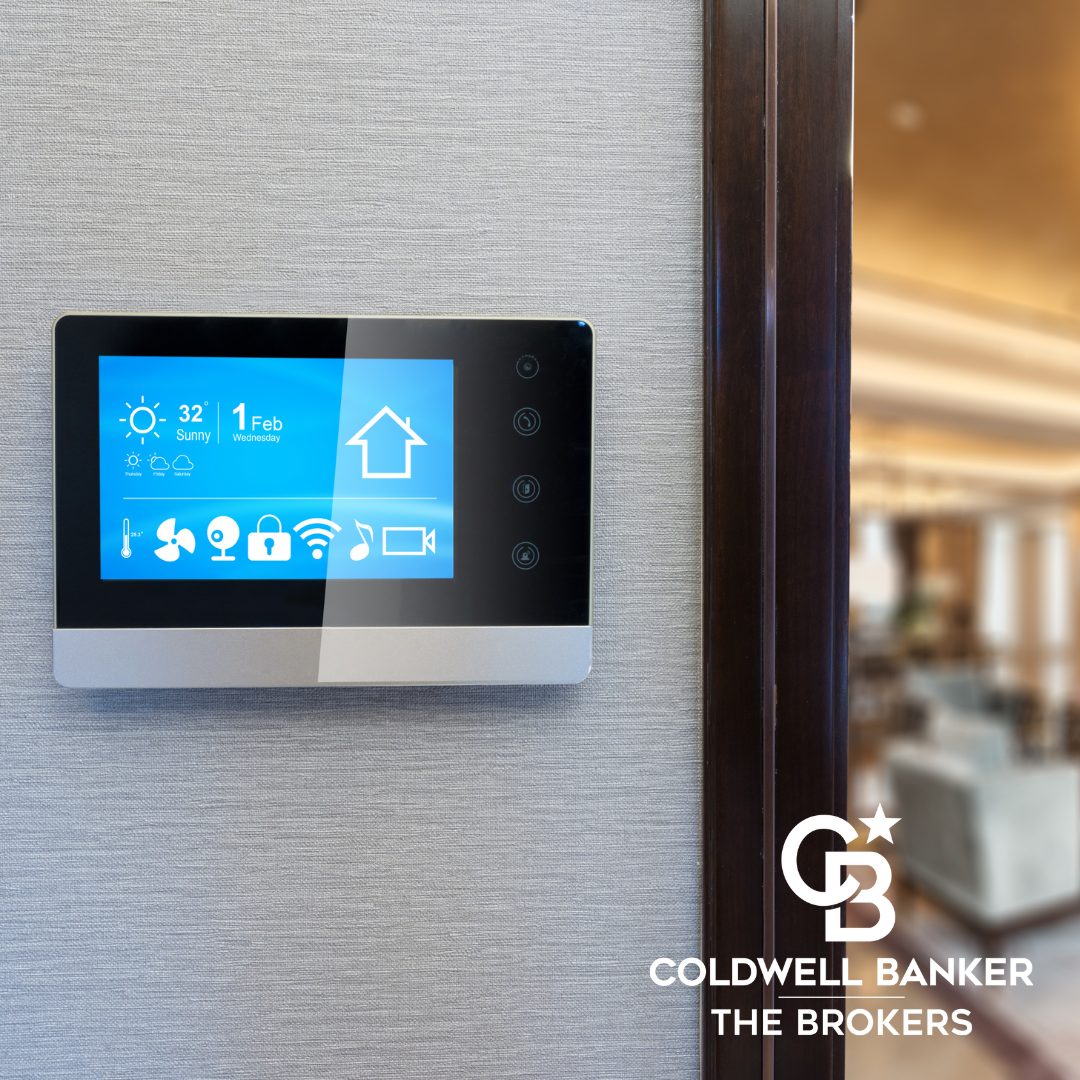As smart-home capabilities continue to accelerate, voice-control technology is at the center of it all, upscaling living while simplifying daily, repetitive tasks. They provide practical solutions and connections to technological innovation while future-proofing your home’s resale value. However, privacy, dependency and reliability remain top considerations for homeowners. Whether you’re ready to integrate throughout your home or want to intertwine a few devices, voice-controlled features can provide significant value with thoughtful planning.
Voice-Control Technology Benefits
Offering streamlined convenience and energy efficiency, voice control has many daily perks. It eliminates the need to locate remotes, walk to switches or navigate through smartphone apps.
Simple voice commands can adjust lighting through brands like Philips Hue, LIFX, and Sengled, while devices such as Amazon Echo, Google Nest Hub or Apple HomePod provide weather updates, delivery notifications and news briefings. Security becomes effortless with systems from Ring, ADT and SimpliSafe that can arm alarms, check door locks and monitor camera feeds through spoken requests. Smart doorbells and locks from August, Schlage and Yale complete your home’s protective barrier. You can even transform ordinary appliances into voice-responsive devices with smart plugs from TP-Link and Wyze.
Voice-activated kitchen appliances can update your cooking space into an intelligent command center. Samsung and LG smart refrigerators even suggest recipes and track inventory, while GE and Whirlpool ovens and microwaves can respond to voice instructions when you have occupied hands.
Additionally, energy-saving features can help reduce utility costs while setting an ideal environment. Smart thermostats from Nest, Ecobee and Honeywell can be programmed to your schedule.
Voice-control features also can help you identify consumption and usage patterns, offering savings opportunities while updating your home’s capabilities and increasing its value.
Thoughtful Considerations
While integrating voice-activated technology, you’ll want to consider privacy implications, internet connectivity and background noise.
Data collection and unauthorized access are valid concerns. You can mitigate them by regularly reviewing privacy settings, enabling features that automatically delete voice recordings and ensuring your home network uses strong encryption and updated passwords. Some devices also offer physical mute buttons that completely disable listening when privacy is paramount.
Additionally, power or internet failures can disrupt the functionality of your home. You’ll want to integrate voice-technology features with a manual override for critical systems and consider backup power solutions for essential devices. Keep traditional light switches accessible, ensure door locks have physical key backups and maintain manual thermostats for emergencies.
And voice-activated devices may not understand the commands correctly if there are issues with interference or speech. To optimize performance, consider the acoustic environment when placing smart speakers, train devices to recognize different family members’ voices and practice consistent command phrasing. Many systems improve over time as they learn your household’s speech patterns.
How Much Voice-Control Technology Is Right for You?
Considering comfort, preferences, capability and future investment, you will be able to understand what level of voice integration works best for you. Whether you input a few compatible devices or a comprehensive voice activation system, you’ll want to keep realistic expectations about the capabilities and limitations. Voice-controlled devices and appliances can transform how you interact with your living space if you are mindful about how you incorporate them.


 Facebook
Facebook
 X
X
 Pinterest
Pinterest
 Copy Link
Copy Link
